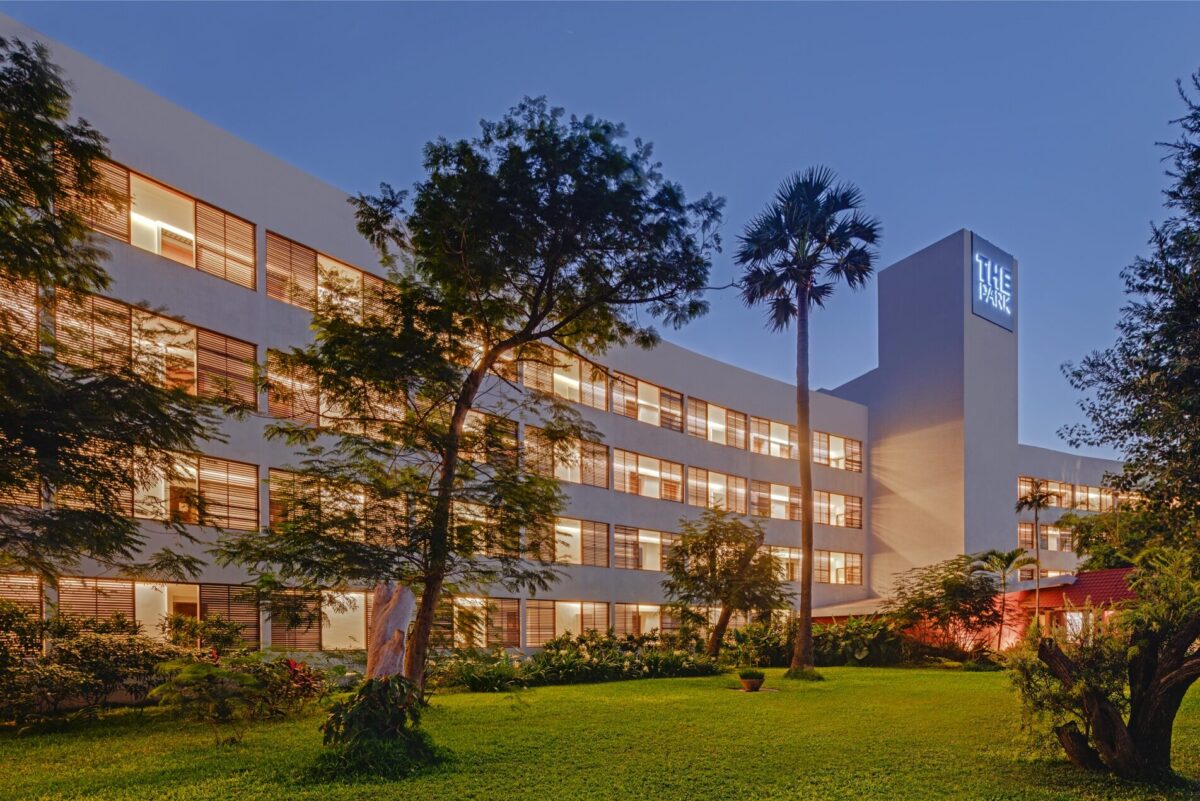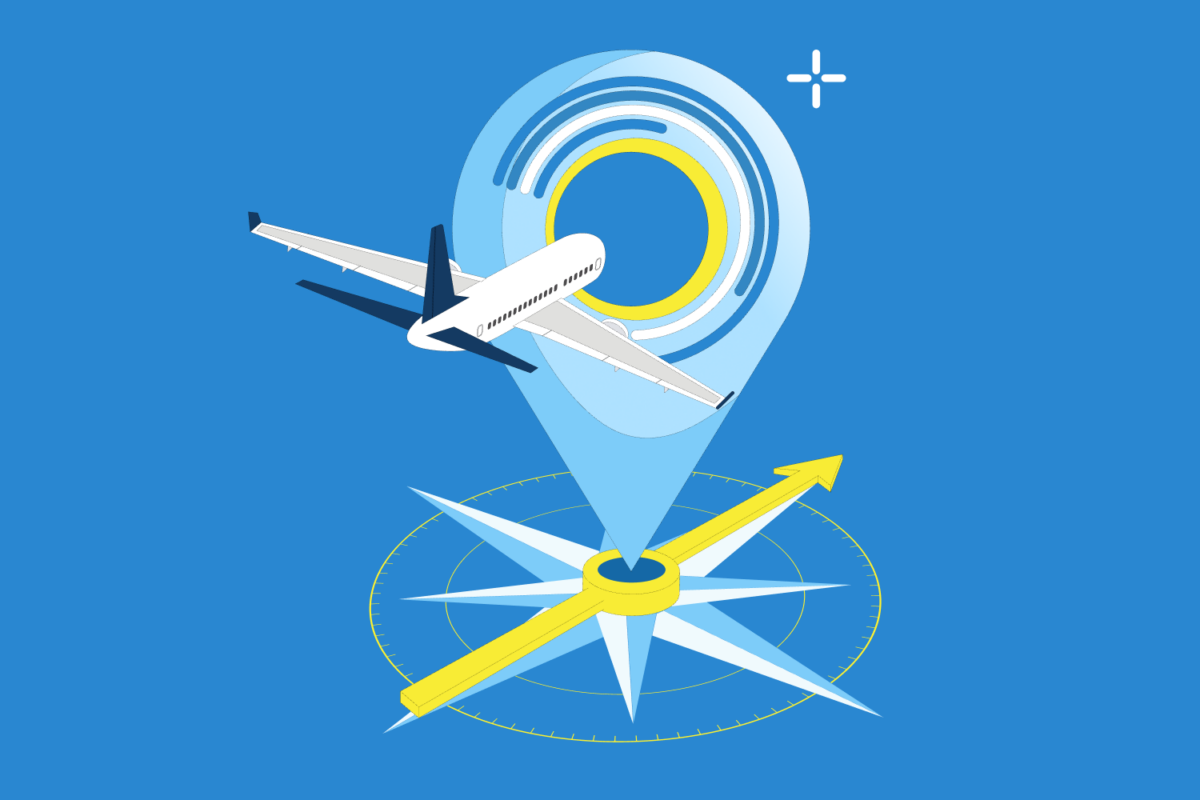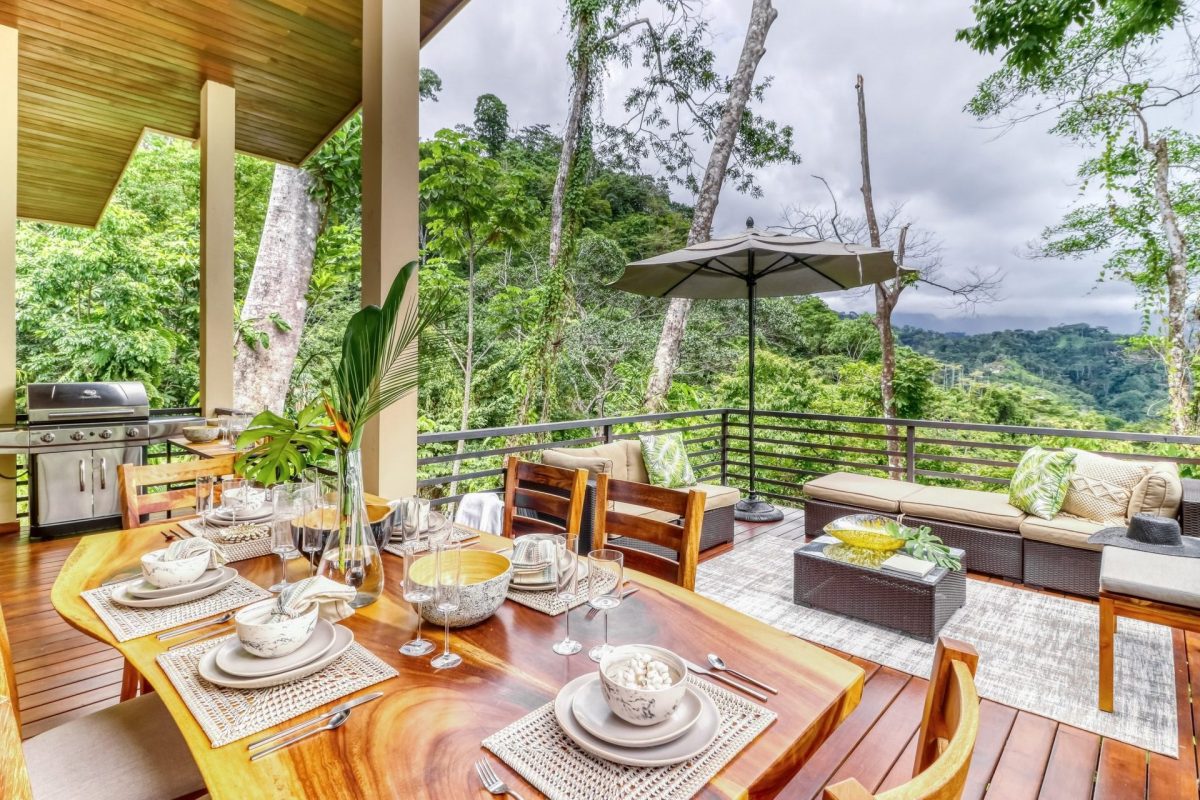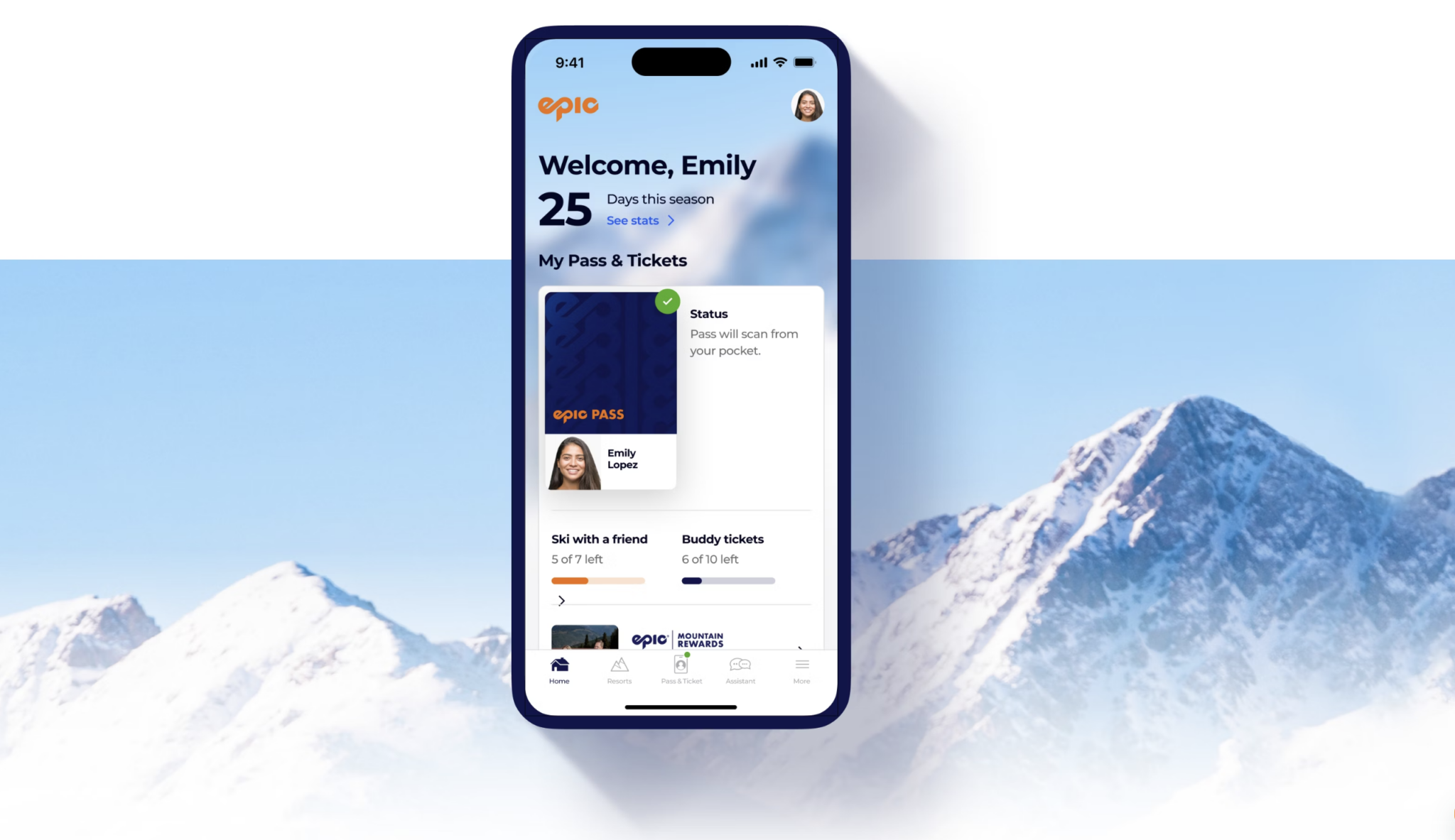What Park Hotels’ IPO Says About Its Expansion Plans: India Report

Skift Take
Apeejay Surendra Park Hotels, commonly known as Park Hotels, is set to have its IPO on February 5. The group currently operates 30 hotels in 20 cities across India, with 2,298 rooms. Through a strategic mix of ownership, management contracts and leased properties, the group aims to open 56 hotel by 2026.
The Brands:
The Park is the group’s luxury boutique brand. There are eight properties with a total of 1,201 keys in Kolkata, New Delhi, Chennai, Hyderabad, Bangalore, Navi Mumbai, Vishakhapatnam, and Indore.
The Park Collection comprises small luxury properties. The group currently operates 64 rooms in this category spread across three properties — The Park Calangute Goa, The Park Baga Goa and The Denmark Tavern.
Zone by The Park is positioned at the upper midscale level and is mainly located in Tier 2 and Tier 3 cities. The brand currently manages and operate 11 hotels with 624 rooms with presence in Coimbatore, Jaipur, Chennai, Bangalore, Jodhpur, Jammu, Phalodi, Pathankot, Gopalpur, Dimapur, and Kolkata.
Zone Connect by The Park is also an upper mid-scale brand, the group currently manages and operates 8 hotels with 409 rooms with presence in Goa, Delhi, Coimbatore, Mussoorie, Indore, Udaipur and Port Blair.
The recently-launched Stop by Zone is an economy motel brand and is currently in two locations in West Bengal — Nandakumar and Simulbari. The group said it has currently leased 8 additional properties in Kolkata for development of roadside motels.
During a virtual press conference held on Wednesday, Park Hotels shared key insights into its strengths and strategic positioning in the hospitality sector. Here’s what we found out:
Occupancy and Revenue Leadership: The group boasts of industry-leading occupancy rates, reaching a 92%, a position maintained during the first half of the current financial year, said Vijay Dewan, managing director at Apeejay Surendra Park Hotels. Even amidst the challenges posed by the two initial years of Covid, the hotel group sustained occupancy rates at 67% and 79%, outperforming industry standards.
Dewan said the company maintains a 30% premium over competitors, attributed in part to a high percentage of repeat customers, ranging from 25% to 30%.
Revenue and Financial Performance: Driven by robust occupancy and strong performance in food and beverage services, The Park recorded revenue of INR 5.2 billion ($63 million) last year, marking a 96% improvement over the previous year and an 18% growth compared to the pre-pandemic year. EBIDTA reached INR 1.7 billion ($20 million), a 13% improvement from pre-pandemic levels.
Demand-Supply Dynamics: With a staggering shortage of hotel rooms nationwide, India currently has 178,000 rooms in the branded category, significantly lagging behind Shanghai’s two lakh rooms. The supply is projected to grow at 7.5%, while demand fueled by a rising middle class is expected to surge at a rate of 10.6%, creating a substantial demand-supply mismatch that positions the group favorably for future growth, Dewan said.
Strategic Expansion Plans: Park Hotels aims to reach a total of 56 hotels by 2026, expanding its management contracts from approximately 1,000 rooms to 2,300 and on the ownership side growing from 1,000 rooms to nearly 1,900. This expansion includes the development of five new properties, adding a total of 630 rooms, in addition to a 200-room property in Jaipur.
“Our development pipeline for hotels consists of 1,895 rooms across 21 hotels and 8 motels,” reads the red herring prospectus that the company filed with the Indian capital market regulator Securities and Exchange Board of India (SEBI).
The hotels in the pipeline include 15 Zone by the Park properties in popular tourist destinations such as Darjeeling, Siliguri, Goa, Srinagar, Kasauli, Alibag Manali and Landsdowne.
India Builds UDAN Connectivity
India has so far awarded 76 routes under the UDAN network, 40 of which are already operational, Civil Aviation Minister, Jyotiraditya Scindia, announced this while inaugurating flight services between Dehradun and Pithoragarh.
Scindia also highlighted ongoing work at various heliports, including Almora, Chinyalisaur, Gauchar, Sahastradhara, New Tehri, and Haldwani.
As part of UDAN 5.1, Scindia disclosed plans for the development of five additional heliports — Bageshwar, Champawat, Lansdowne, Munsiyari, and Triyogi Narayan. He said development work for these heliports is expected to commence soon.
Providing insight into the progress at Dehradun airport, Scindia shared that the new terminal Building, developed at a cost of INR 4.5 billion will have the capacity to handle 1,800 passengers during peak hours, accommodating 3.6 million passengers annually. He emphasized the substantial growth in air operations, noting a 144% increase from 86 flights per week in 2014 to the current 210 flights.
India Arrivals to South Africa Reach 82% of Pre-Covid Levels
Indian arrivals to South Africa recovered to 82% of pre-pandemic levels, Neliswa Nkani, hub head — Middle East, India and Southeast Asia of South African Tourism said on Wednesday.
“The overwhelming response not only underscores our commitment to the Indian market but also inches us closer towards our targets of surpassing pre-pandemic arrival figures,” Nkani said.
Eager to continue building on the robust traveller momentum, South African Tourism has announced the 2024 edition of its annual India roadshow.
Debuting in Jaipur, the roadshow scheduled from February 12-16, will subsequently tour other Indian cities, including Delhi, Ahmedabad, Bengaluru and Mumbai.
India holds a strategic position as one of the top three focus markets for South African Tourism globally. Owing to the recent uptick in its appetite for outbound tourism, India is impossible to overlook for any tourism board, South African Tourism said in a press statement.





